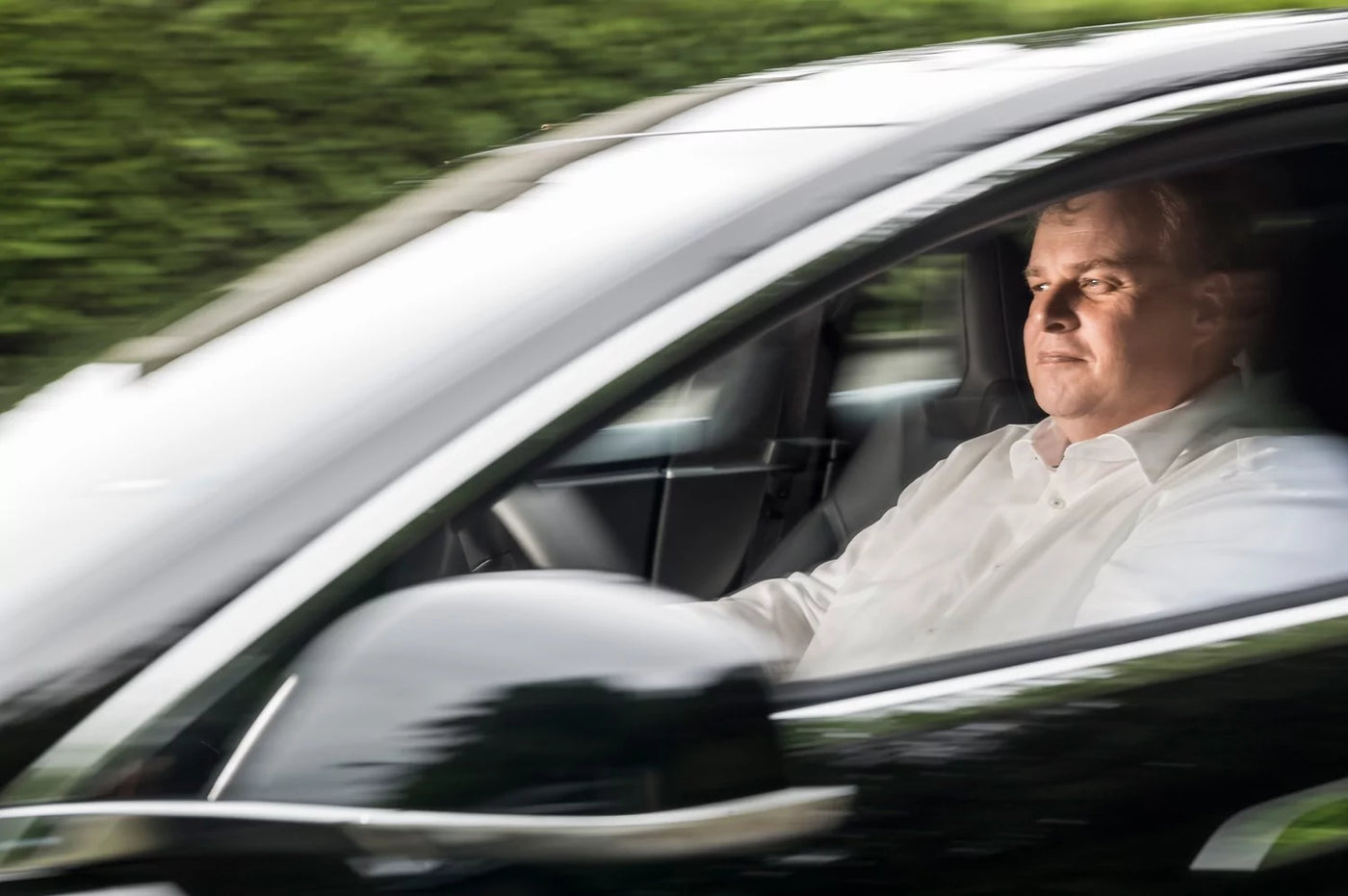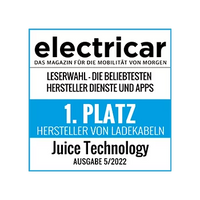Lars Thomsen, futurologist and board member at Juice, outlines the key factors that will influence the acceptance of electric vehicles in the DACH markets in the coming years
Juice Technology AG, manufacturer of charging stations and software, leader in mobile charging stations for electric vehicles, and futurologist Lars Thomsen provide insights into the most important trends that will influence the development of electromobility in Germany, Austria and Switzerland in the coming years.
In December 2019, the EU announced that it wanted to reduce greenhouse gas emissions from road transport by 90 percent by 2050 compared to 1990. In order to achieve this goal, which is part of the European Green Deal, an efficient charging infrastructure for electric vehicles is to be built, among other things. By 2030, sufficient charging capacities for passenger cars and trucks are to be built every 60 km in each direction along the Trans-European Transport Network (TEN-T). The goal of one million charging points by 2025 still seems quite ambitious, but no less than necessary given the rapid development of electromobility.
Status quo – where does Europe currently stand in terms of e-mobility?
The share of electric vehicles in Europe was around 20% of new car sales in 2021. In the five largest European markets (France, Germany, Italy, Spain and the UK), the market share of electric vehicles (including BEV, PHEV and hybrid) rose from 8% in 2019 to 38% in 2021. With the Tesla Model 3, a pure electric car was the best-selling car in Europe for the first time in September 2021 (based on all drive types). While the market for diesel and petrol drives is declining in terms of registrations, the share of "plug-in vehicles" has long been increasing by double digits.
The share of electrified vehicles (BEV and PHEV) will therefore exceed the number of new registrations of diesel and petrol vehicles in Europe as early as the first half of 2023. By 2025, electric vehicles will reach the tipping point in practically all vehicle segments and classes, at which point they will be significantly more attractive than the discontinued combustion engine model, both economically and in a direct performance comparison with combustion engines. The ranges will increase,
while charging times are becoming increasingly shorter and charging options in public and private spaces are becoming more and more commonplace. Due to increasing competition, falling prices and a wider range of products, these vehicles are also becoming increasingly popular in the high-volume medium and small
price segment dominant.
BEV leader China and laggard USA
China has reached a point where it can now penetrate and score points in the European and US markets with new (very attractive) electric cars and PHEVs. Lars Thomsen expects at least six Chinese brands with multiple models on both markets by 2025. At the same time, this gives the already rapidly expanding US market for electric cars
(+190% year-on-year). China will remain the largest BEV market in the world until 2026.
The US market is expecting a boost for EVs and charging infrastructure beyond the current hot spots in metropolitan regions. In particular, the entry of several players into the most important US car market with "pickup trucks" will enable a jump to an EV share of more than 15% of new registrations in the USA from mid-2022. Depending on the availability of batteries and vehicles, the EV share of new car sales in the USA will also rise to at least 40% by 2025. Over the same period, the volume of EV charging technology on the US market could increase at least twentyfold compared to today.
Development of the charging infrastructure in Europe
Several trends are emerging in the charging infrastructure:
- For AC charging, the three-phase 11 kW charger is the most common solution in Europe: This size of onboard charger is easy to install on the vehicle side and is sufficient to fully charge batteries with 80 kWh or more overnight.
- In the DC area, the CCS connection with up to 350 kW charging capacity is the standard along long-distance routes. Installations with 50 to 100 kW are used in public parking lots etc. in cities or points of interest.
- By 2024, practically every motorway service station in Europe will have fast-charging connections, which means huge investments for operators. These will be passed on to users in the form of fairly high prices per kWh, unless users sign a premium contract with the respective operator with a monthly basic fee. According to current forecasts, three to five networks will emerge across Europe, which will compete for long-term customer loyalty in a similar way to today's mobile operators.
Europe is called upon to play an active and determined role in shaping the rapid transition to sustainable, electric mobility. This new dynamic is reshuffling the cards of the automotive industry globally.
Christoph Erni, CEO and founder of Juice Technology AG, is convinced: “Now more than ever, technology locations such as Germany, Austria and Switzerland have the opportunity to accelerate the transport transition through innovation and to integrate mobility into a new green economy.”
E-cars and intelligent, efficient and grid-friendly charging infrastructure belong together like two sides of the same coin. We need the same and good conditions throughout Europe so that we can continue to play a leading role in global e-mobility and achieve the necessary climate goals we have set for ourselves.
Especially in light of current developments, it should be clear to everyone that locally and regionally generated renewable energy is superior to any finite and contested finite resource.













